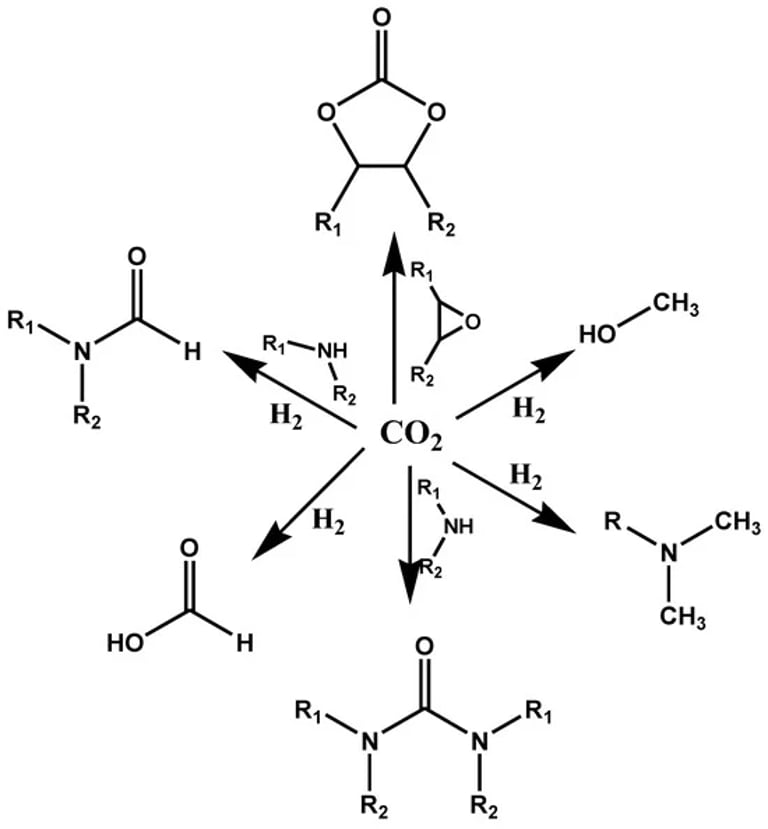Breakthrough in CO2 Capture: Sucrose-Derived Polymers Offer New Hope for Climate Crisis
September 2, 2024
The alarming rise in atmospheric CO2 levels from 235 ppm before the Industrial Revolution to 420 ppm today raises significant environmental concerns.
As a major greenhouse gas, carbon dioxide contributes to global warming, making effective capture and storage technologies essential.
Recent studies have focused on synthesizing sucrose-derived porous carbon particles (PCPs) as adsorbents specifically designed for CO2 capture.
Among the innovations, metal-nanoparticle-embedded PEI-PCPs, particularly Ni@L-PEI-PCP, demonstrated the highest CO2 capture capacity at 0.81 mmol CO2/g with a surface area of 225 m2/g.
The incorporation of branched- and linear-polyethyleneimine (B-PEI and L-PEI) into PCPs has significantly enhanced their CO2 capture capabilities by introducing new amine functional groups.
Effective conversion of captured CO2 into useful products can be achieved through various pathways, including photocatalytic reduction, which produces eco-friendly solar fuels.
The potential of renewable fuels produced via photocatalytic reactions using solar energy, CO2, and water presents a viable solution to the climate crisis.
POPs are characterized by tunable band gaps and high surface areas, making them superior to traditional organic dyes and inorganic semiconductors in photocatalytic applications.
Their molecular architectures, which include components like carbazole and porphyrin, contribute unique properties that enhance photocatalytic performance.
The research underscores the importance of converting captured CO2 into fuels or chemicals, addressing both CO2 emissions and the growing energy demands.
With global energy consumption projected to rise by 28% by 2040, and fossil fuels currently meeting over 80% of energy needs, the urgency for sustainable solutions is greater than ever.
Porous Organic Polymers (POPs) have emerged as effective materials for CO2 fixation and conversion into valuable chemicals, offering a promising approach to mitigate global warming.
Summary based on 2 sources